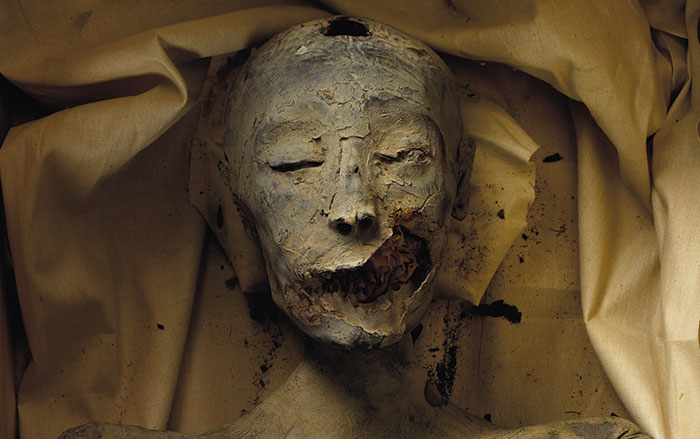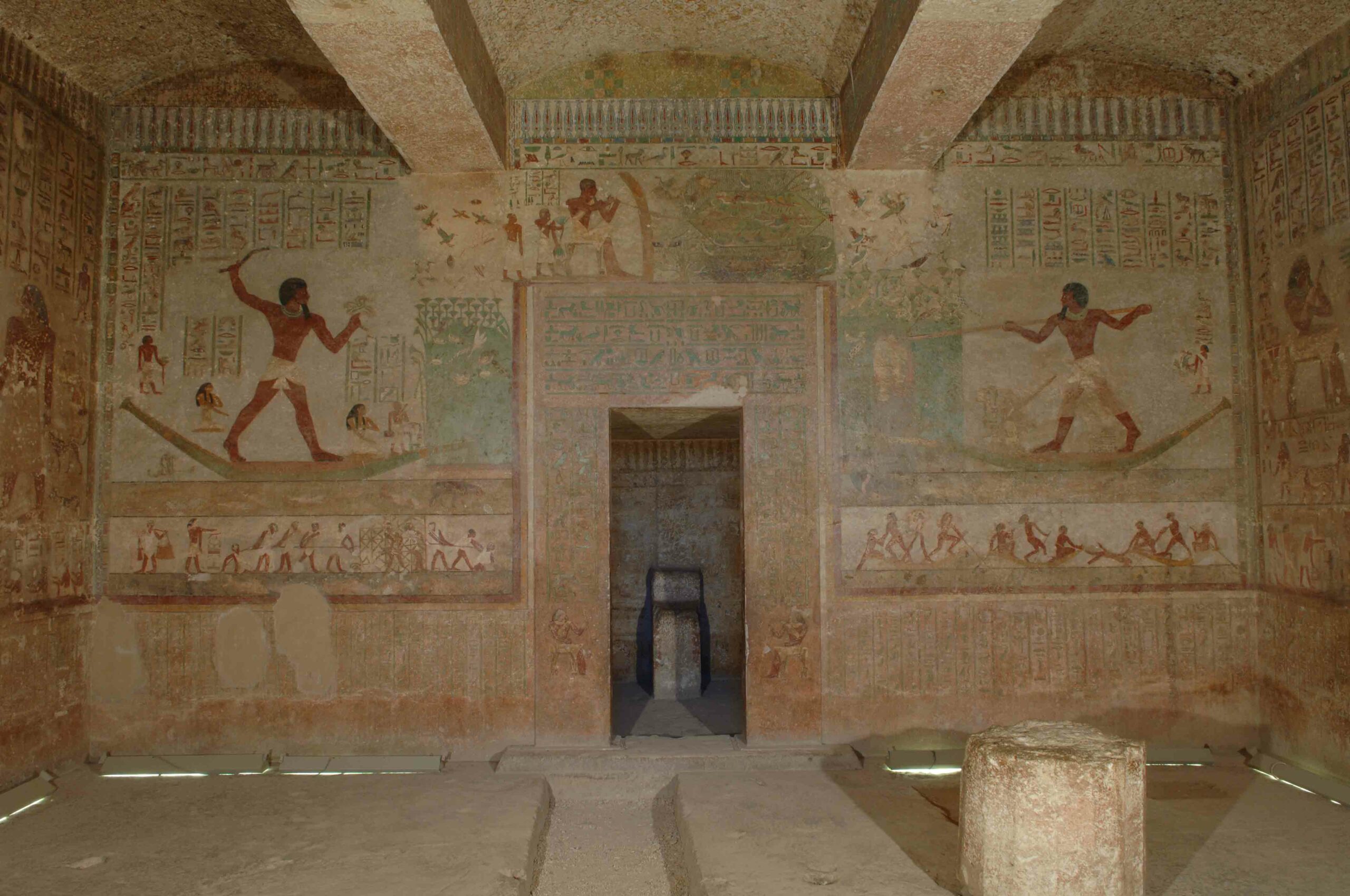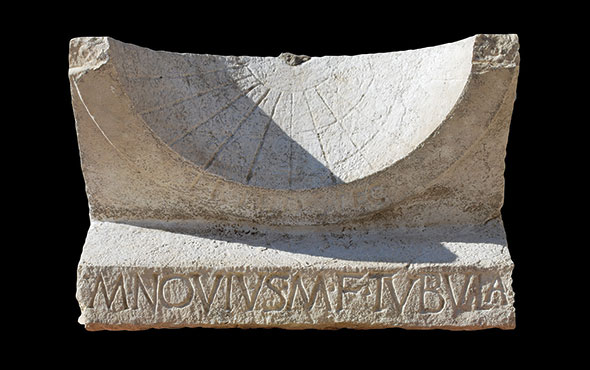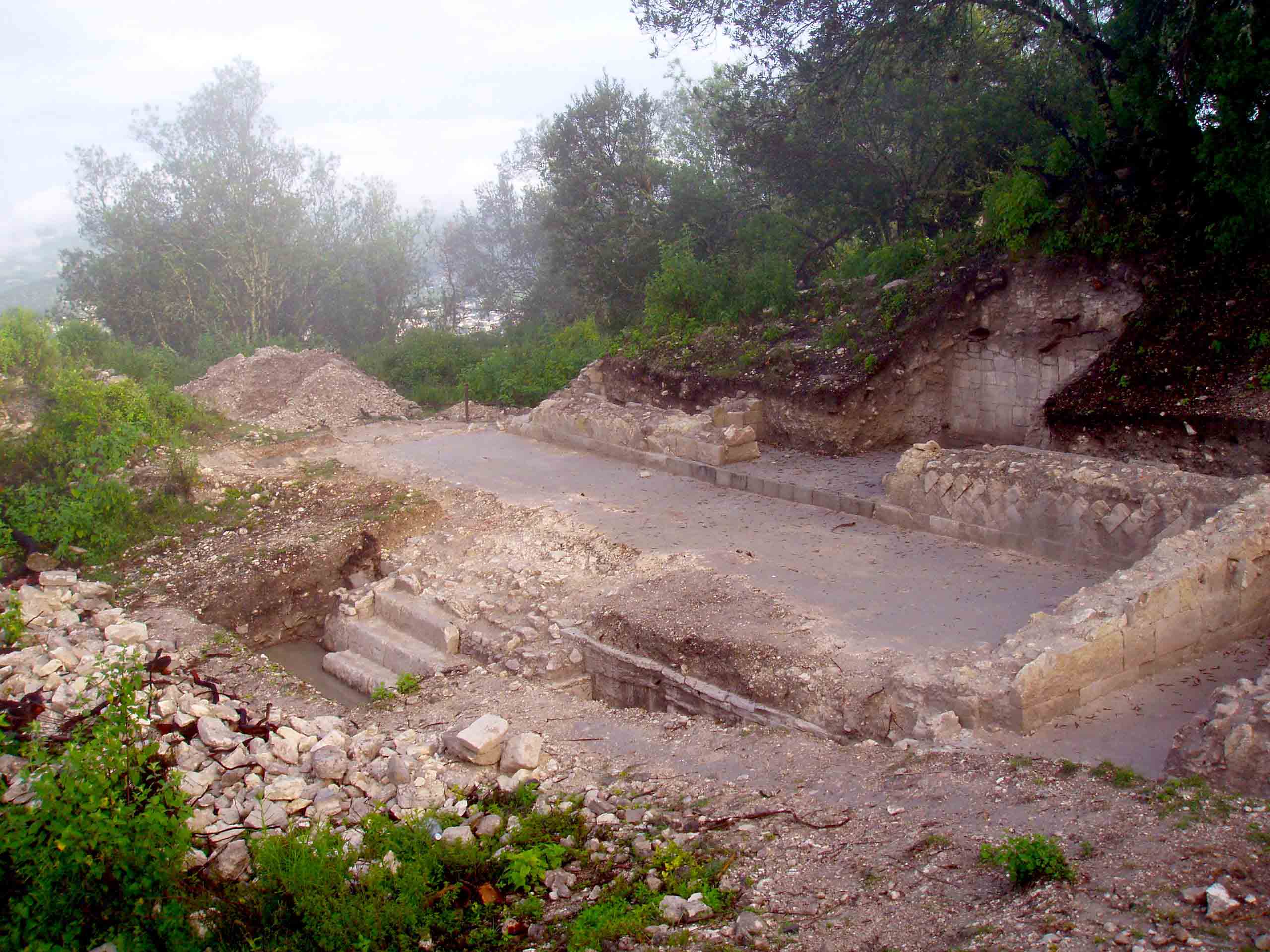
ARICA, CHILE—According to a Live Science report, a new study of a fifteenth-century grave in northern Chile has detected the presence of cinnabar, a highly toxic, fine-grained red pigment derived from mercury ore. Discovered in the 1970s, the grave of the Cerro Esmeralda mummies contained the remains of a young woman around the age of 18, and an approximately nine-year-old girl. The two are thought to have been killed in a ritual Inca sacrifice, before their bodies had been placed in the fetal position in the grave, along with more than 100 artifacts. Fabric in the grave was colored with bright-red pigment, which the Inca usually produced using the mineral hematite. Use of cinnabar among the Inca has been linked to high social status, but the scientists, led by Bernardo Arriaza of Chile’s Universidad de Tarapacá, do not yet know where this cinnabar came from or why it was used. They did note that the mineral has toxic effects on human health, however, pointing out that nervous, muscular, and gastrointestinal problems, and even death, can occur when the mineral powder is inhaled. The Inca may have scattered the red powder over their ceremonial burial sites in order to deter grave robbers, the researchers suggested. For more on mummies in Chile, go to “Atacama’s Decaying Mummies.”










